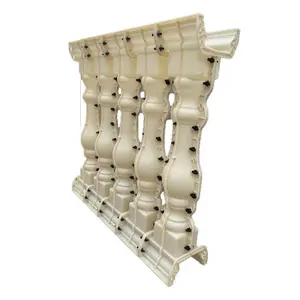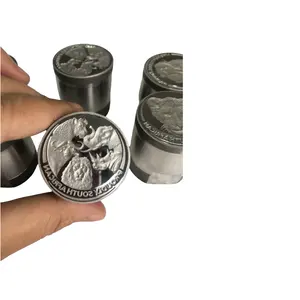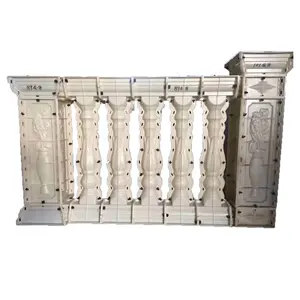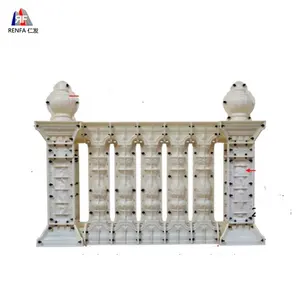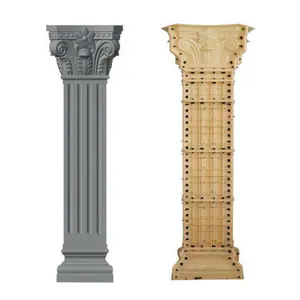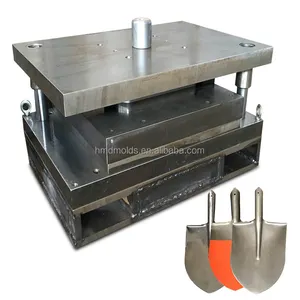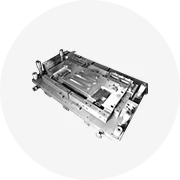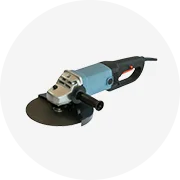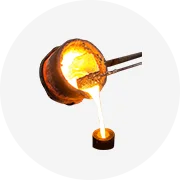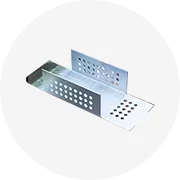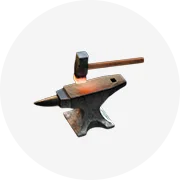Popular in your industry































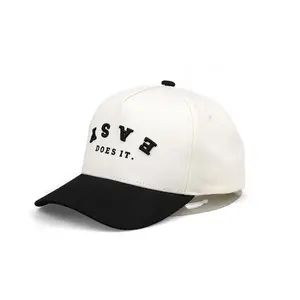

































































































































































































Top categories
About concrete pier caps
Introduction to Concrete Pier Caps
Concrete pier caps serve as protective and decorative elements, capping the tops of piers or columns to shield them from weathering and enhance aesthetic appeal. These structural components are essential in various construction projects, from residential landscaping to commercial building designs.
Types and Features of Pier Caps
Pre-cast Concrete Pier Caps are prevalent due to their uniformity and durability. They come in various shapes, including flat, pyramid, and tiered designs, each providing a unique architectural finish. Custom Concrete Pier Caps can be tailored to specific design requirements, offering flexibility for unique projects.
Applications of Pier Caps
Concrete pier caps are not only functional but also versatile in application. They are commonly used atop gate posts, creating a finished look while protecting the underlying structure. In garden architecture, they enhance the visual transition between the vertical and horizontal planes, adding to the overall landscape design.
Materials and Advantages
The primary material for pier caps is reinforced concrete, known for its strength and resistance to weather conditions. The incorporation of steel reinforcement bars within the concrete provides additional stability, making these caps suitable for long-term use in various climates.
Maintenance and Longevity
Maintenance of concrete pier caps is minimal, often requiring only occasional cleaning to maintain their appearance. Their robust nature ensures longevity, making them a cost-effective solution for both commercial and residential projects.
Choosing the Right Pier Cap
Selecting the appropriate concrete pier cap involves considering the size, style, and functional requirements of the project. It is essential to match the cap to the dimensions of the pier or column for a proper fit. Aesthetic preferences also play a significant role, as the cap should complement the design of the surrounding structures.
